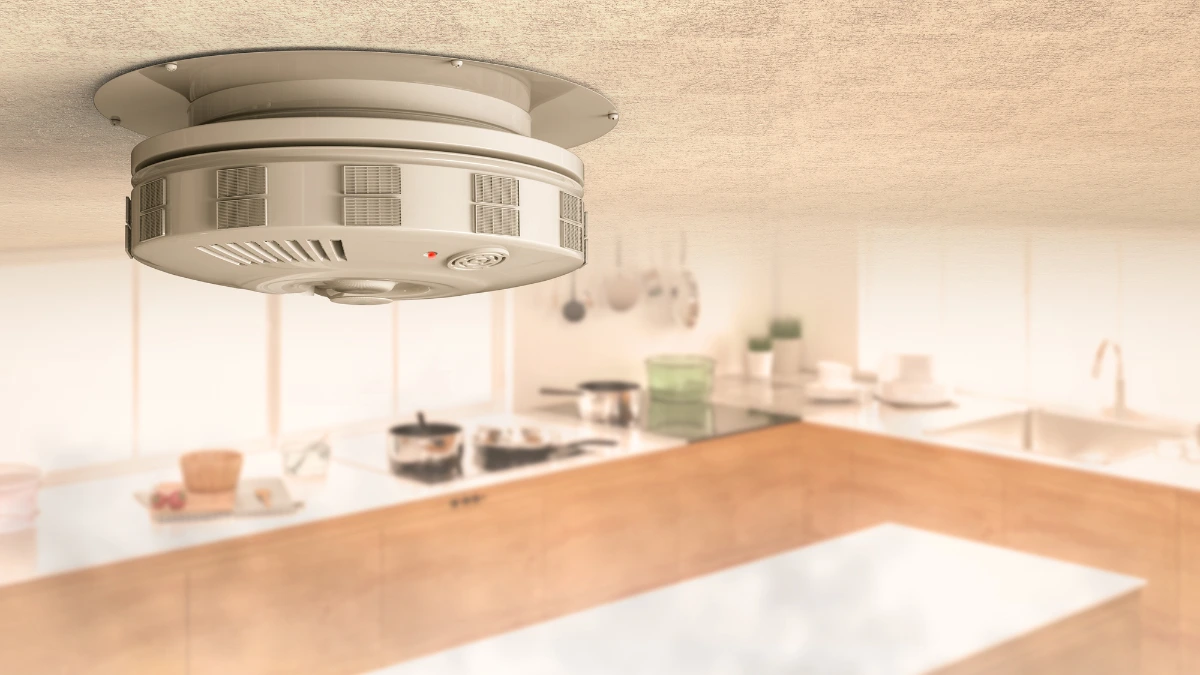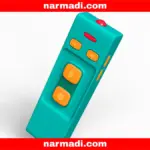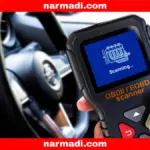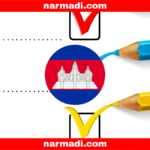Heat detector uses communication technologies such as LoRaWAN which is a low-power WAN (LPWAN) that operates within a specific frequency spectrum. This technology must meet the main requirements through a standard testing process to ensure its quality, security, and compliance with applicable regulations.
This standard heat detector testing process is stated in the Ministerial Decree of the Ministry of Communication and Digital No. 5 of 2024 which regulates various technical aspects, ranging from radio frequency, and transmit power, to testing methods.
LPWAN technology, which is widely used in heat detector devices must comply with this standard to be used legally in Indonesia.
Also Read
Table of Contents
New Regulations on Heat Detector Technology

Ministerial Decree of the Ministry of Communication and Digital No. 5 of 2024 sets technical standards that must be met by heat detector devices to be used legally in Indonesia.
This regulation covers radio frequency requirements, maximum transmit power, and testing for wild emissions (spurious emissions).
The following are the standard specifications:
| No. | Operating Frequency | RF OutputPower | Bandwidth | DutyCycle | Maximum Spurious Emission |
| 1 | 433,05 – 434,79 MHz | ≤ 16,4 Mw EIRP | ≤ 125 kHz | – | Based on table 2 |
| 2 | 920 – 923 MHz | End Node/SS: ≤ 100 Mw EIRP | ≤ 250 kHz | Uplink: ≤ 1 % | |
| Gateway/BS: ≤ 400 Mw EIRP | ≤ 250 kHz | Dwonlink: ≤ 1 % | |||
| 3 | 2400 – 2483,5 MHz | ≤ 1000 Mw EIRP | ≤ 1 MHz | – |
Heat Detector Testing Standard
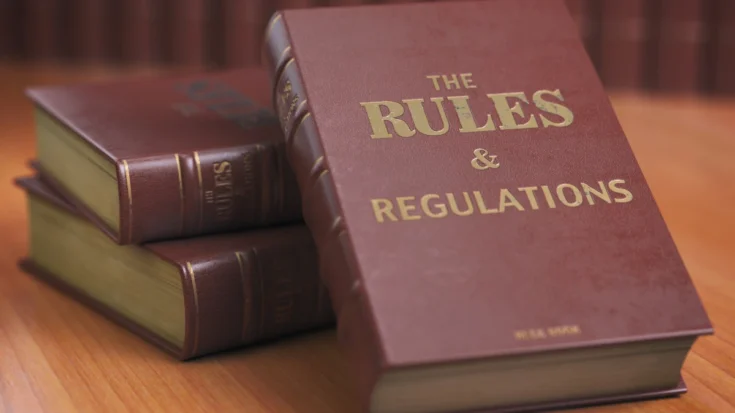
Ministerial Decree of the Ministry of Communication and Digital No. 5 of 2024 refers to international standards-based test methods such as FCC, EN, and ANSI. Here are some of the main testing methods:
Electrical safety testing methods
The test method is in accordance with SNI IEC 60950-1:2016, SNI IEC 62368-1:2014, and /or IEC 62368-1. Parameter testing is carried out based on the following assumptions:
- The device is continuously supplied with a dedicated external power supply (AC/DC converter or adapter/charger) or with an AC power supply; And
- The Device operates with SELV in an environment where overvoltage or the telecommunications network is unlikely to occur. SLEV refers to a voltage that does not exceed 42.4 V peak or 60 V DC.
EMC (Emission) testing method
Test methods comply with ETSI EN 301 489-1 ETSI EN 301 489-3, ETWI EN 301 489-17, SNI IEC CISPR 32:2015, and/or IEC CISPR 32.
Radiofrequency test method
- RF output power complies with ETSI EN 300 200-1 or ETSI 300 328
- Bandwidth according to ETSI EN 300 220-1 or ETSI 300 238
- Duty cycle in accordance emissions in accordance with ETSI EN 300 220-1 or ETSI EN 300 328 with RBW values in accordance with Table 3 or in accordance with RBW values specified in ETSI EN 300 220-1 or ETSI EN 300 328.
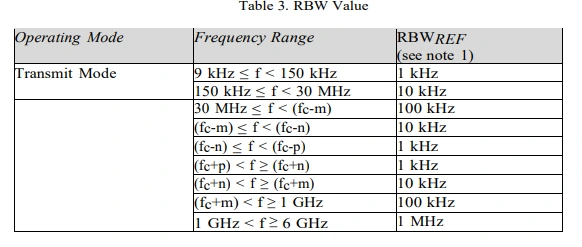
Heat Detector Certification Process in Indonesia
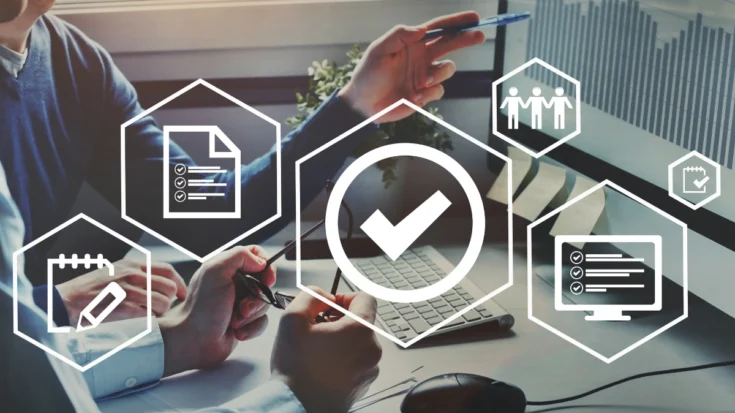
For heat detector devices to be used legally in Indonesia, certification from DJID is required. Here are the steps to get it:
Pre-testing the device
Before official testing, the device must be pre-tested first using measuring equipment such as a spectrum analyzer.
This helps ensure devices meet technical standards before being tested in authorized laboratories.
Testing at an official laboratory
After passing the pre-testing, the gadget will be sent to an assigned official research facility to experience testing according to the guidelines stipulated in the Ministerial Decree of the Ministry of Communication and Digital No. 5 of 2024.
Issuance of certificates
After the device passes testing, an official certificate will be issued by DJID. This certificate is a requirement to market the device legally in Indonesia.
Tips to ensure standards compliance
- Learn the latest regulations: Make sure you understand every detail of the Ministerial Decree of the Ministry of Communication and Digital No. 5 of 2024, including technical requirements and test methods.
- Perform pre-testing: Before official testing, perform pre-testing to ensure the device meets standards. If you don’t have a measuring instrument, use the DJID certification service which provides pre-testing services.
- Counsel a master: If this is your to begin with time looking for certification, consider utilizing the administrations of experienced DJID certification administrations.

